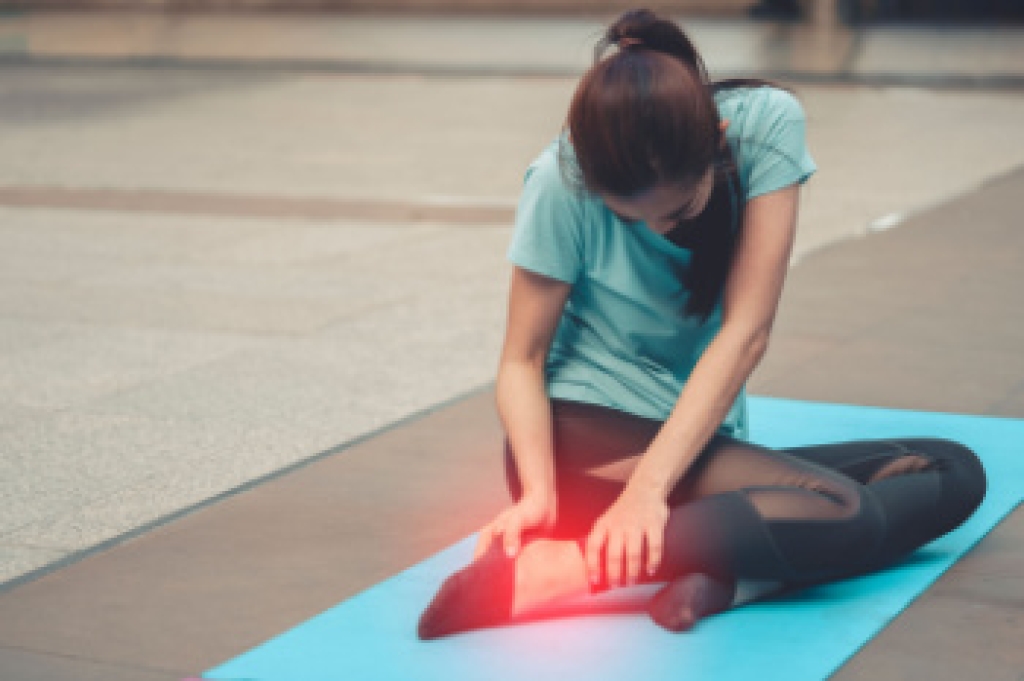
The ankle is a complex joint that supports the body’s weight and allows smooth movement. When pain, stiffness, or swelling develops, it often signals an underlying issue. Common causes include sprains, arthritis, tendonitis, or instability from previous injuries. Repetitive strain, poor footwear, or structural imbalances can also lead to inflammation around the joint. Left untreated, these problems may limit mobility and increase the risk of future injury. A podiatrist can determine the source of ankle discomfort through a detailed exam and imaging, if needed. Treatment may include rest, bracing, targeted exercises, or custom orthotic support to restore stability and reduce strain. Addressing ankle pain early helps preserve joint strength and prevent chronic issues. If your ankle feels swollen, stiff, or painful, it is suggested that you see a podiatrist who can provide relief and improve long-term function.
Ankle pain can have many different causes and the pain may potentially be serious. If you have ankle pain, consult with Mital Patel, DPM from South Shore Podiatry. Our doctor will assess your condition and provide you with quality foot and ankle treatment.
Ankle pain is any condition that causes pain in the ankle. Due to the fact that the ankle consists of tendons, muscles, bones, and ligaments, ankle pain can come from a number of different conditions.
Causes
The most common causes of ankle pain include:
- Types of arthritis (rheumatoid, osteoarthritis, and gout)
- Ankle sprains
- Broken ankles
- Achilles tendinitis
- Achilles tendon rupture
- Stress fractures
- Tarsal tunnel syndrome
- Plantar fasciitis
Symptoms
Symptoms of ankle injury vary based upon the condition. Pain may include general pain and discomfort, swelling, aching, redness, bruising, burning or stabbing sensations, and/or loss of sensation.
Diagnosis
Due to the wide variety of potential causes of ankle pain, podiatrists will utilize a number of different methods to properly diagnose ankle pain. This can include asking for personal and family medical histories and of any recent injuries. Further diagnosis may include sensation tests, a physical examination, and potentially x-rays or other imaging tests.
Treatment
Just as the range of causes varies widely, so do treatments. Some more common treatments are rest, ice packs, keeping pressure off the foot, orthotics and braces, medication for inflammation and pain, and surgery.
If you have any questions please feel free to contact our office located in Massapequa, NY . We offer the newest diagnostic tools and technology to treat your foot and ankle needs.